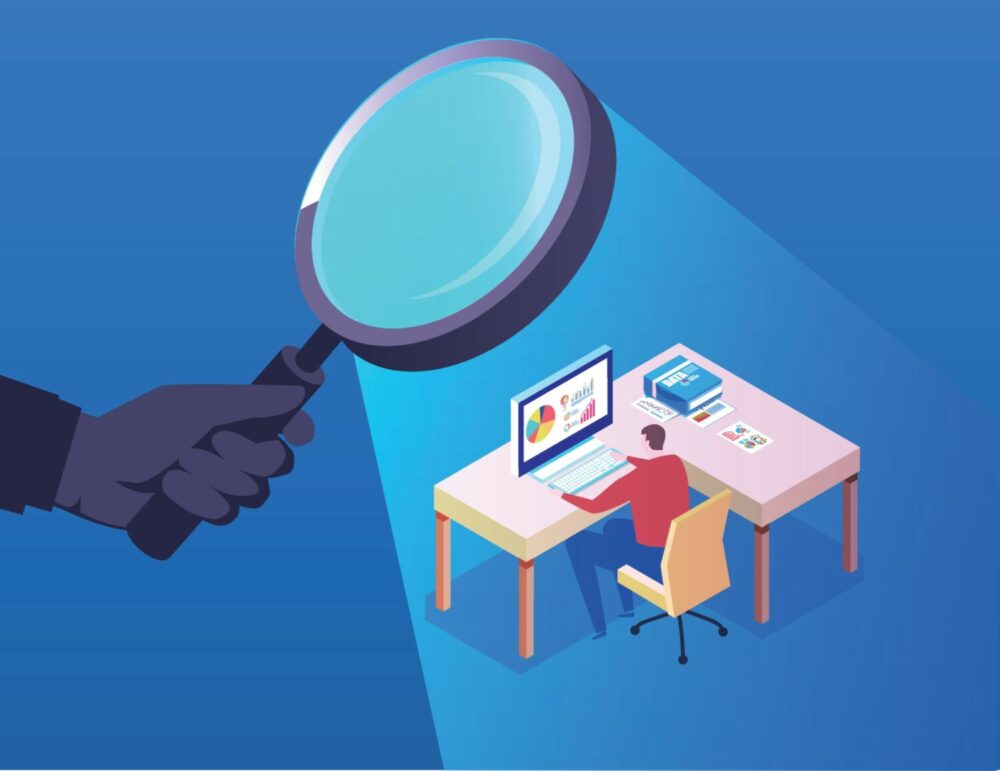In today’s digital age, where remote work has become the norm. Now, ensuring the security of sensitive files and confidential information is of paramount importance. With approximately 35% of US employees working remotely, the need to protect valuable data has intensified. Organizations must adopt robust measures to safeguard their files from unauthorized access, data breaches, and cyber threats. Here we will explore essential steps to bolster file security, enabling employees to work confidently while maintaining confidential information’s integrity.
Implement Strong Access Controls
One fundamental aspect of file security is establishing strong access controls. By granting appropriate permissions to authorized personnel only, organizations can minimize the risk of unauthorized access to sensitive files. Employee monitoring and tracking software can play a crucial role in enforcing access controls. These software solutions enable organizations to track and monitor employee activities, ensuring that files are accessed and utilized within authorized boundaries.
Encrypt Data
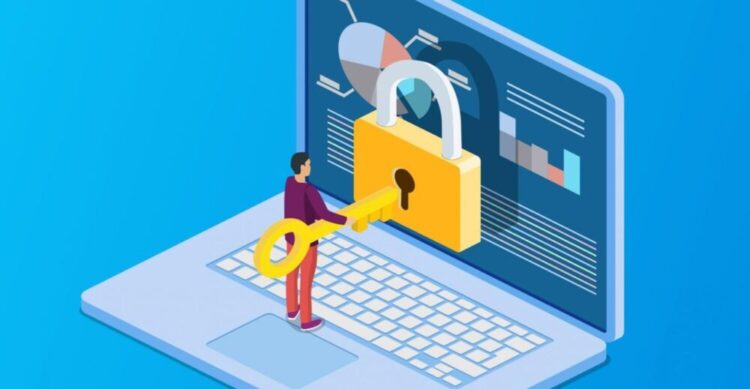
Source: datacenterknowledge.com
Data encryption is a powerful technique to protect files from being intercepted and accessed by unauthorized individuals. Encryption converts data into a scrambled format that can only be deciphered with the correct decryption key. Employing robust encryption algorithms and using encryption tools for file storage and transmission adds an additional layer of security. By utilizing end-to-end encryption, organizations can ensure that even if files are intercepted during transmission, they remain secure and unreadable to malicious entities.
Establish Regular Data Backups
Backing up files is a critical step in ensuring file security. Regularly creating backups minimizes the risk of data loss due to hardware failure, natural disasters, or cyberattacks. Organizations should implement automated backup solutions that store copies of files in secure off-site locations or in the cloud. This approach not only protects against data loss but also enables swift recovery in the event of any unfortunate incidents.
Train Employees on Best Practices
Employees are often the first line of defense against potential security threats. It is essential to educate and train employees on file security best practices. Regularly conduct training sessions to enhance employees’ awareness of potential risks such as phishing attacks, malware, and social engineering tactics. Reinforce the importance of using strong passwords, avoiding suspicious links and email attachments, and being vigilant while handling sensitive files. By empowering employees with the knowledge and tools to identify and respond to security threats, organizations can significantly reduce the likelihood of data breaches.
Implement Multi-Factor Authentication
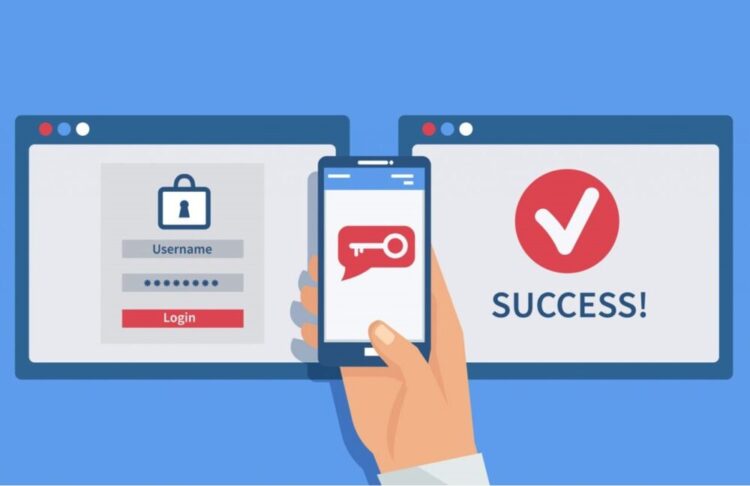
Source: itpartners.co.nz
Implementing multi-factor authentication (MFA) adds an extra layer of security to file access. MFA requires users to provide two or more verification factors, such as a password and a unique code sent to their mobile device, before granting access to files or systems. This method significantly reduces the risk of unauthorized access, even if passwords are compromised. Integrating MFA into the organization’s authentication processes can bolster file security and safeguard sensitive information.
Use Secure File Sharing and Collaboration Tools
In the era of remote work, effective collaboration and file sharing are essential for team productivity. However, choosing secure file-sharing and collaboration tools that prioritize data protection is crucial. Opt for platforms offering end-to-end encryption, access controls, and audit trails to ensure that files are shared and collaborated securely. Regularly review and update the permissions granted to users to avoid unauthorized access to sensitive information.
Regularly Update Software and Systems
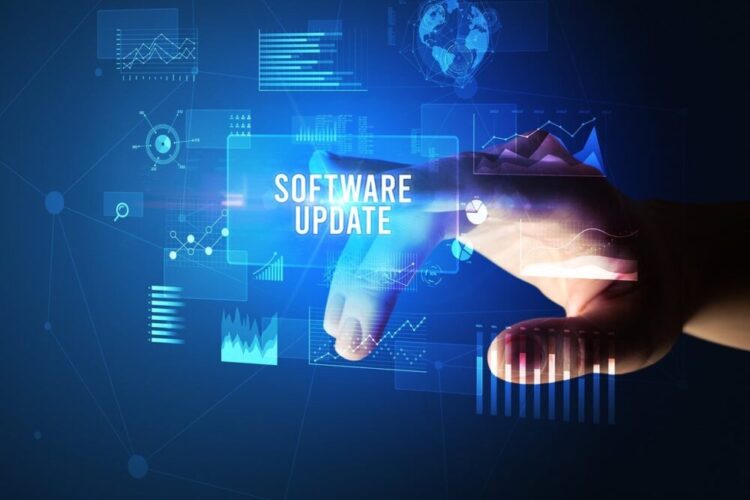
Source: computerworld.com
Outdated software and systems can pose significant security risks, as they may contain vulnerabilities that cybercriminals can exploit. Ensure that all software, operating systems, and applications are regularly updated with the latest security patches and upgrades. Implementing automated update processes can streamline this task and minimize the chances of overlooking critical updates. By staying up to date, organizations can effectively address known security vulnerabilities and reduce the risk of potential breaches.
Employ Robust Endpoint Security
Endpoints such as laptops, desktops, and mobile devices are potential entry points for cyber threats. Implementing robust endpoint security measures is essential to protecting sensitive files. Utilize comprehensive antivirus and anti-malware software, firewall protection, and intrusion detection systems. Additionally, consider implementing device encryption and remote wiping capabilities to protect data in the event of device loss or theft. Regularly scan endpoints for potential threats and educate employees on the importance of keeping their devices secure.
Establish a Secure Remote Access Infrastructure
Enabling remote access to files and systems requires a secure infrastructure to prevent unauthorized entry. Utilize virtual private networks (VPNs) to encrypt data transmitted between remote employees and the organization’s network. VPNs provide a secure and private connection, even when accessing files from public Wi-Fi networks. Implement strong authentication protocols, such as secure login credentials and VPN tokens, to verify the identity of remote users and protect against unauthorized access attempts
Conduct Regular Security Audits and Assessments
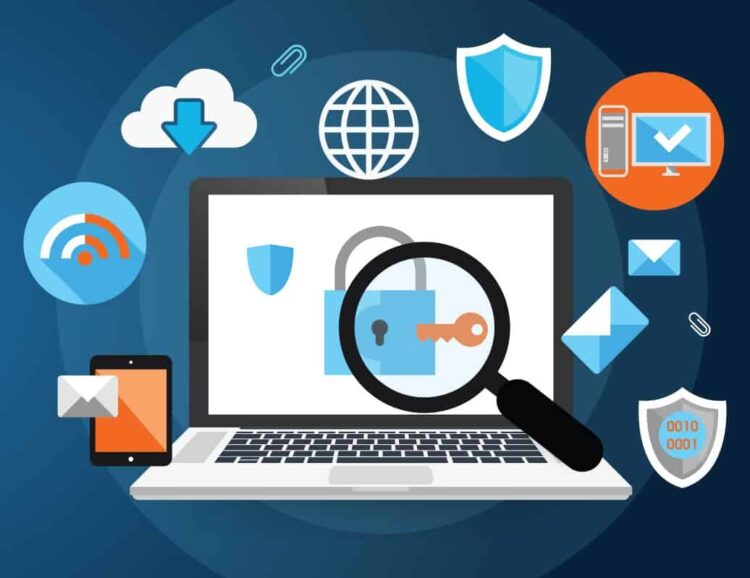
Source: ena.com
Regularly assessing and auditing file security measures is crucial for identifying vulnerabilities and ensuring ongoing protection. Conduct comprehensive security audits to evaluate access controls, encryption methods, backup systems, and overall file security practices. Engage third-party security professionals to perform penetration testing and vulnerability assessments to identify potential weaknesses. By regularly reviewing and improving file security measures based on audit findings, organizations can stay proactive in their approach to protecting confidential information.
Conclusion
As remote work continues to grow in popularity, organizations must prioritize file security to protect their valuable data and maintain the trust of their stakeholders. Organizations can fortify their file security defenses by implementing strong access controls, encrypting data, establishing regular data backups, training employees, and implementing multi-factor authentication. Employee monitoring and tracking software can serve as a valuable tool to enforce access controls and ensure adherence to security protocols. By adopting these proactive measures, organizations can foster a secure work environment that safeguards sensitive files and mitigates the risks associated with the remote work era.
In an ever-evolving digital landscape, prioritizing file security is not just a matter of compliance. Remember, the responsibility for file security rests with the IT department and every employee. By working together and remaining vigilant, we can collectively build a robust defense against potential security breaches.


